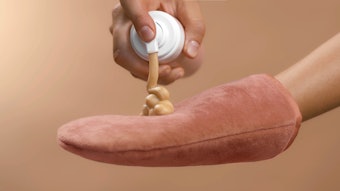
You may have heard the phrase that “SPF is your BFF.”
A direct correlation exists between human exposure to the sun’s UVA rays and the development of melanoma and other skin cancers that cause great distress on health. The implementation of practicing proactive measures—such as the application of sunscreen—has become a more frequent practice in recent years as a means to combat the aforementioned exposure.
While this is all well and good, there is still so much more to be done.
The question is: Are you still applying sunscreen after summer comes to a close and cooler temperatures set in?
As it stands, there is a fairly certain underlying consciousness that applying sunscreen is important during the summer months. The sun is beating down, temperatures are rising and the thought that you are “cooking” is a very real thing that can be showcased physically.
Studies have shown that people who have experienced five or more blistering sunburns between ages 15–20 had a 68% increased risk of two kinds of skin cancer—basal cell carcinoma and squamous cell carcinoma—as well as an 80% higher risk to develop melanoma in their lifetime. Yes, it is serious.
Cooling Down
The question is: Are you still applying sunscreen after summer comes to a close and cooler temperatures set in?
UVA rays are the same strength all year round—cooler temps do not equal tempered radiation.
Colder temperatures do not in any way mean that skin cannot still cook to a crisp during the fall and winter seasons. There are several reasons why daily routines that utilize sunscreen should not be shied away from once calendars turn to fall and winter months:
- Even in cooler temperatures and with the formation of more clouds, 80% of the sun’s harmful UVA rays can penetrate the skin.
- Grass, soil and water reflect less than 10% of the sun’s UV rays, while snow reflects 80%.
- UVA rays are the same strength all year round—cooler temps do not equal tempered radiation.
Skin Condition
Another factor often overlooked when it comes to woeful skin conditions in the cooler months is the cracks and fissures that can become a commonplace affliction. While air cools, and moisture becomes nonexistent as humidity levels fall, skin is set up for extreme “drying” conditions.
This, paired with potentially increased sun exposure, creates a one-two punch when it comes to caring for skin. You may want to consider a sunscreen that not only protects from UV exposure, but delivers a moisturizing benefit as well.
Protect the skin you are in. It is not a seasonal call to action—it is a year round commitment.
Remember: #SPFisYourBFF










